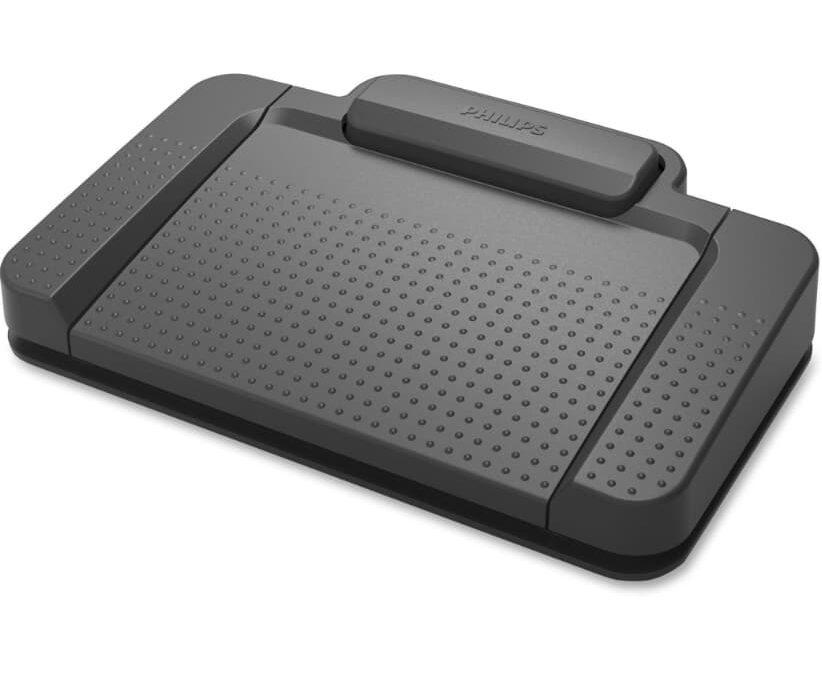By accurately converting audio recordings into written, readable text, transcription machines provide an array of uses. They are valuable to a range of industries, from televised media to legal settings. However, while many users are familiar with the basic features, there are lesser-known tools that can greatly enhance your experience.
Let’s delve into these niche features and explore how they can improve productivity, efficiency, collaboration, and accessibility.
Overview of Common Features Found in Transcription Machines
Before we dive into the lesser-known features, let’s quickly recap the common ones. Transcription machines typically offer playback controls, speed adjustment, and basic text editing functionalities. These features lay the foundation for efficient transcription work.
Uncovering lesser-known features and tools that can enhance your transcription experience
Customization and Personalization Features
To tailor the transcription process to your preferences, transcription machines offer several customization options. Adjustable playback speed allows you to control the pace, enabling you to transcribe more accurately and quickly.
Additionally, customizable keyboard shortcuts let you assign frequently used functions to specific keys, saving time and effort. Audio enhancement tools such as filters and equalizers enhance audio quality, ensuring better clarity during transcription.
Time-Saving and Efficiency Tools
Automatic timestamps and timecodes make it easy to navigate and review transcriptions. Integrating voice recognition software can greatly assist with transcription tasks, and there are compatible tools available for this purpose. For complex projects with multiple audio sources allow you to manage and transcribe them efficiently.
Collaboration and File Management Features
Collaboration is vital in transcription work, and Olympus recording devices offer features to facilitate teamwork. You can share transcription files and projects with team members or clients, enabling seamless collaboration. Remote access allows you to work on transcription projects from anywhere, while annotation and commenting tools foster communication and feedback.
Accessibility and Compatibility Features
To cater to diverse transcription needs, transcription machines include accessibility and compatibility features. Language support options are available for transcribing multi-language recordings or working with non-native languages.
Transcription templates and formatting options allow you to customize the appearance and format of your transcriptions, ensuring consistency. Furthermore, transcription machines are compatible with various audio and text formats, enabling seamless integration with other software and tools.
Conclusion
By exploring the full range of capabilities of your transcription machine, you can unlock its full potential. The aforementioned features contribute to a more efficient and productive workflow. So, dive deeper into your transcription machine, personalize it to suit your needs, and excel in your transcription needs.
